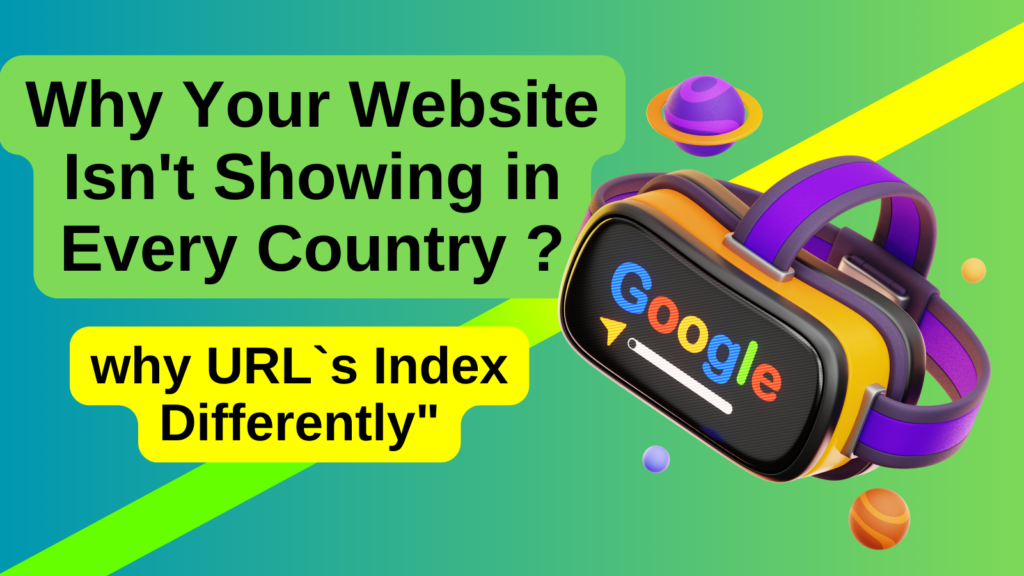When a website gets indexed by Google, the time it takes for the content to appear across different regions can vary. This delay often results from how Google uses proxies to manage data across its internal servers, which in turn affects how quickly content is displayed globally. Now, let’s explore some reasons why your website might not be visible in certain regions or countries, and discuss how URL indexing can differ from one country to another.
Why Your Website May Not Be Visible in Some Regions or Countries
Reasons for your website is non-visible in other countries:
Generic Content
Not customizing content for specific regions or languages can reduce its visibility.
Lack of Geolocation
Neglecting to emphasize the geographical relevance of your content can deter its regional visibility.
Translation Quality
Properly transcribing rather than merely translating content can significantly improve user experience and comprehension.
Hreflang Configuration
Implementing hreflang tags correctly ensures that Google displays the appropriate regional page.
Geolocation Settings in Google Search Console
Using this tool for gTLDs can help target your content more effectively to specific countries.
Sitemap Errors
It’s essential to include all relevant pages in the sitemap to avoid indexing issues.
Internal Linking
Organizing internal links by topic and language is key to enhancing regional focus.
Server Location vs. CDN Utilization
Choosing between local servers and CDNs should depend on your specific content needs and industry.
Importance of Links
Securing links from within local markets can boost both relevance and authority.
E-A-T (Expertise, Authoritativeness, Trustworthiness)
Establish credibility and trust by enhancing your content’s quality and reliability.
Market Research
Understanding market competitors and regional players is vital for developing an effective international strategy.
How URL Indexing Varies Across Different Countries
Reasons :
Country-Specific Indexing
A URL might be indexed in one country but not in another, influenced by factors like content relevance, geotargeting preferences, and the use of hreflang tags.
Google’s Role
Google uses several signals to determine a URL’s target audience, such as ccTLDs, hreflang annotations, and server locations, which all play a part in geotargeting.
Localization Strategies
Effective geolocation settings, hreflang tags deployment, and culturally relevant content are crucial for ensuring a URL is indexed and displayed correctly in intended countries.
Internal and External Linking Practices
The way you link internally and how your URL is linked to from other sites can impact its visibility and indexing within specific geographic regions.
Understanding these components can help you better manage your website’s global presence and optimize for regional search preferences, ensuring your content reaches and resonates with the intended audience worldwide.





